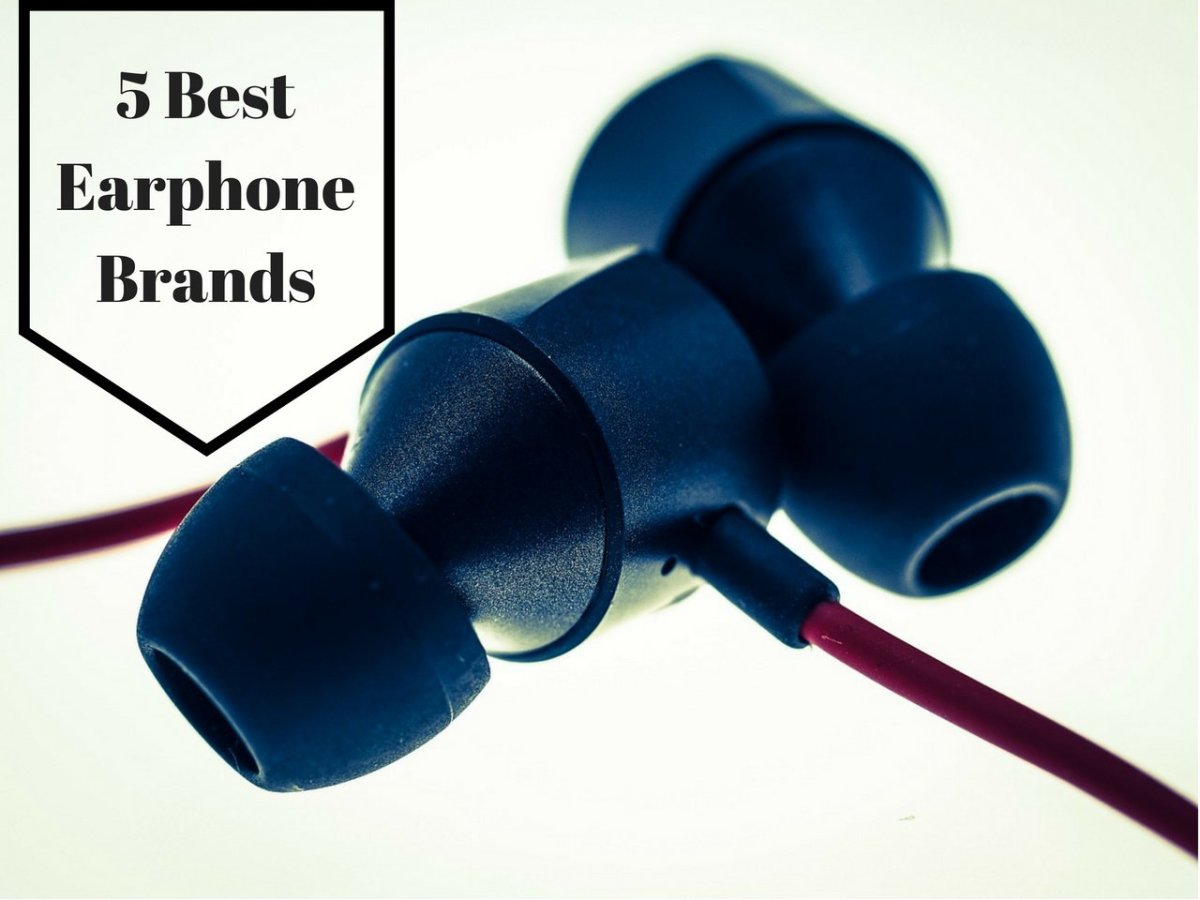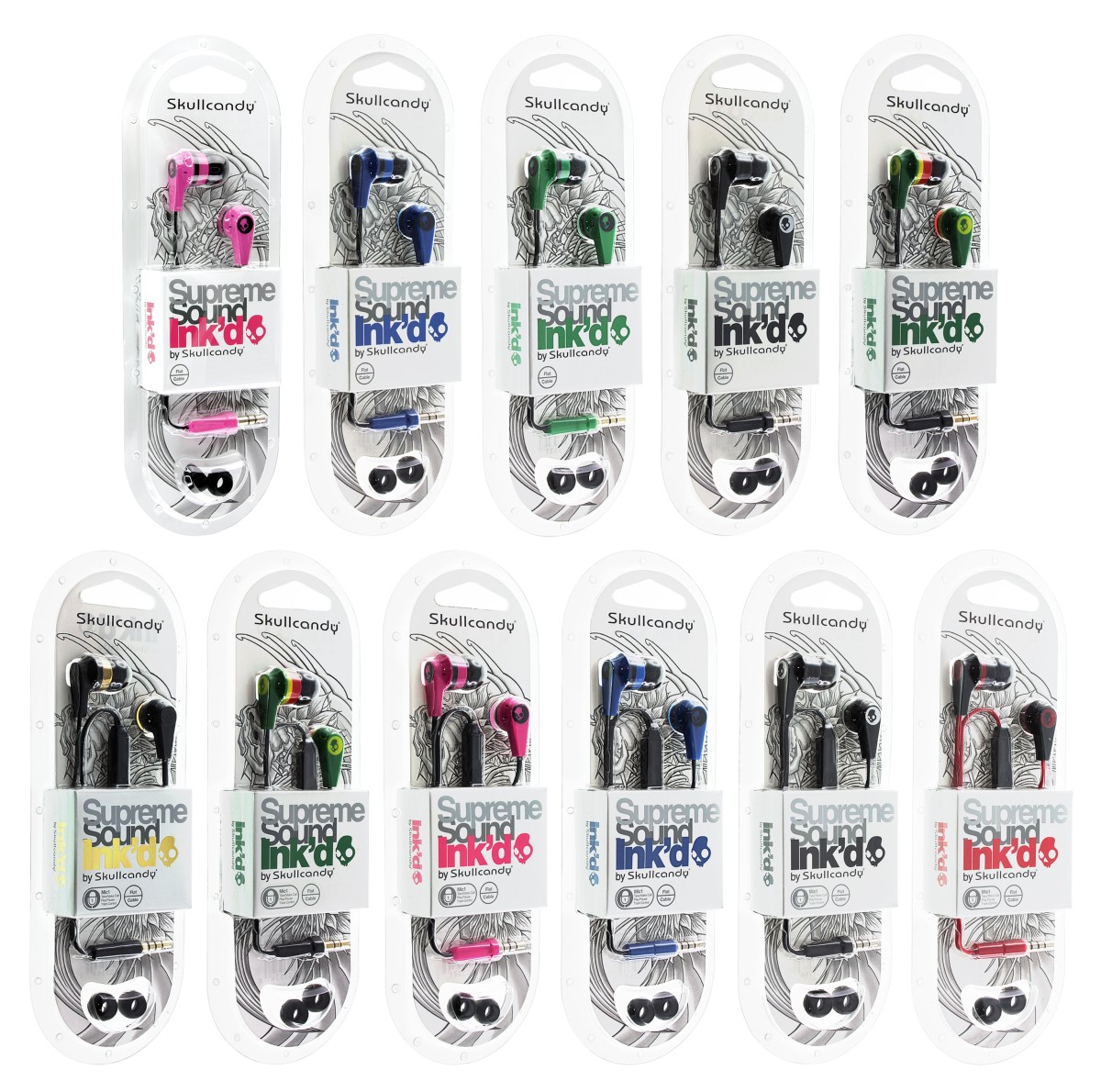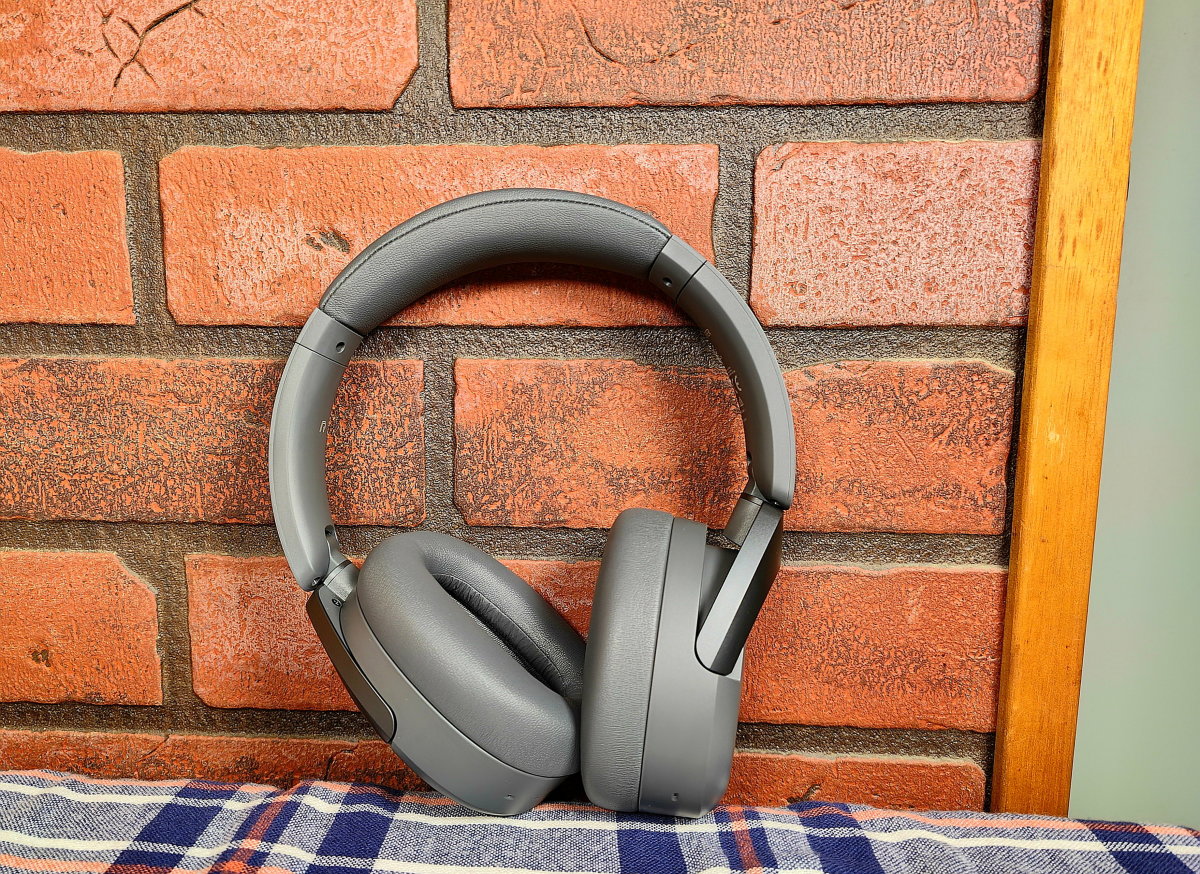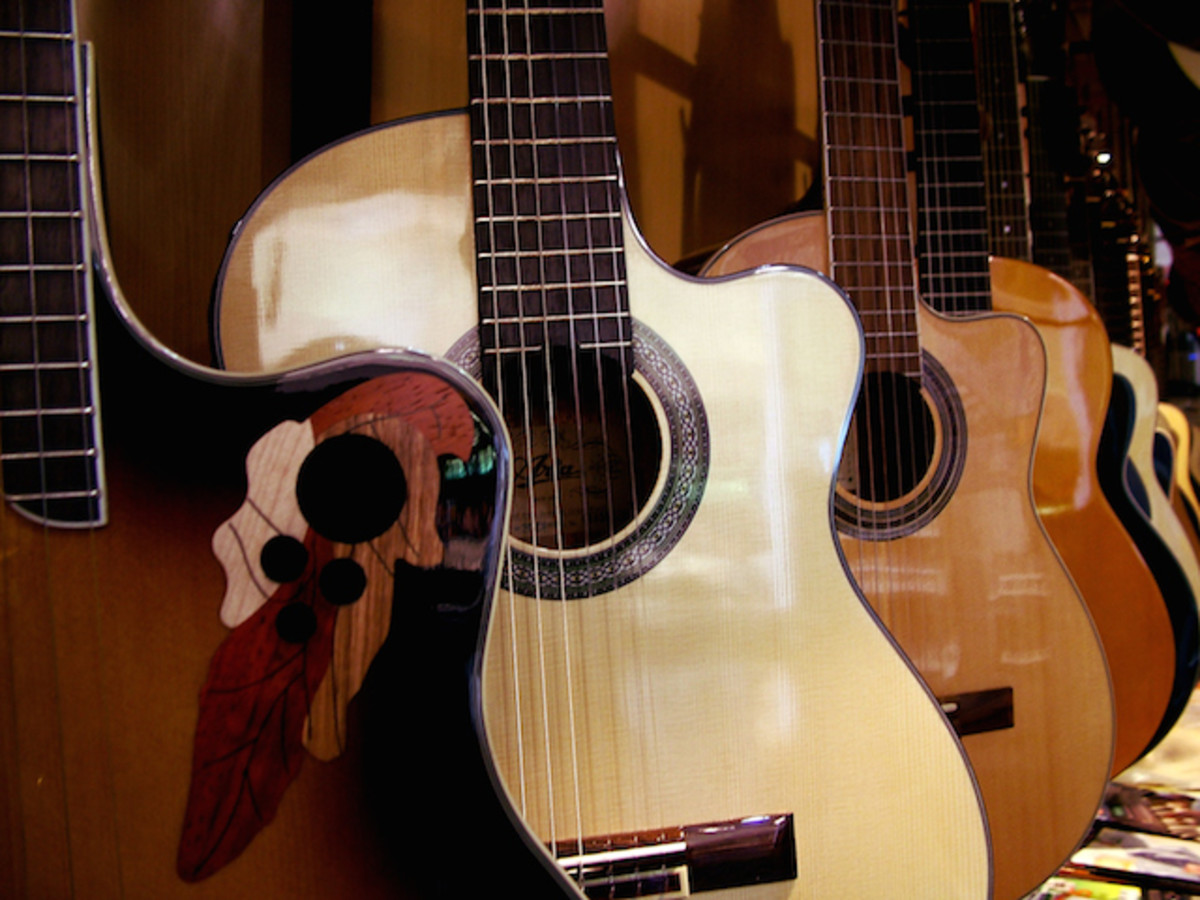Choosing your Headphones
Choosing your Headphones
While choosing your headphones, sound quality should be your number one criteria, other functionalities like phone call management or noise reduction/canceling systems could make a difference. The later one would require a more hefty investment.
Noise canceling headphones help to reduce background noise and with that it helps the headphone user to become more focused. If there is no need for this functionality to be used, like if you are in a library or at home silent, this can eventually be turned off, because it can have an impact in sound quality. If you choose to have this functionality, be prepared to either charge your headphones or to use batteries.
The initial investment for a noise canceling headphone set starts from 100 USD/€, but of course you can find cheaper alternative at the cost of sound quality. There are other functionalities that you can also make use of such us telephone call control via the usage of dedicated buttons, microphone inclusion and other, that could also allow to use these headphones as a conference call tool in Zoom or MSTeams.
Taking in consideration all the above, we can split in four the main categories of headphones from an ergonomic perspective, being that the differences that separates them are their shape and types of pads. In the following text you will learn about all these types.
Circumaural
These type of headphones have a large foam pad that involves the ear delivering an almost perfect fit to its shape. The circumaural headphones can be opened has the Sennheiser HD-650 or closed as the Beyerdynamic DT-880.
Opened headphones have openings in their body to allow a better sound resonance but they let sound pass in both ways.The one that you are listening and the surrounding sound.
Ex: Sennheiser HD-650 and Audio-Technica
Closed headphones block outside sounds more effectively, but they also sometimes resonate worse giving you the idea that you are inside a metal can. Unless you need to attenuate the surrounding sound you should go for the open headphones.

Supra-aural
This type of headphones have pads that will make contact only on the top of your ears. There are only a few brands that make this type of headphones since it is a very specific type of pads. On the early 80's almost all portable headphones were like these ones but nowadays they are not very used, since almost every portable device comes bundled with earbuds. This obviously don't mean that they aren't better then the ones that I've presented here in this page, only different. For example Grado makes this kind of headphones. In this case they are opened headphones but you can also find closed headphones.
EX: Grado SR325
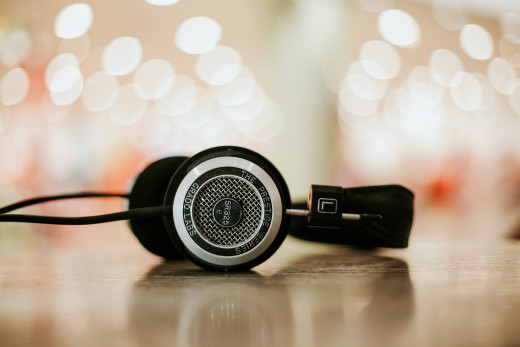
Canalphones or IEM's
A Canalphone or a IEM (In ear Monitor) are a type of headphones that fit directly in your ear canal through an adapter made out of silicone or plastic. These headphones have a superb capacity of canceling the surrounding sounds injecting music directly in your ear drums. The disadvantages of choosing for IEM's are subject to your ears size and feel. They mostly come with several sizes of rubber pads so you can find one size that suits you the best.
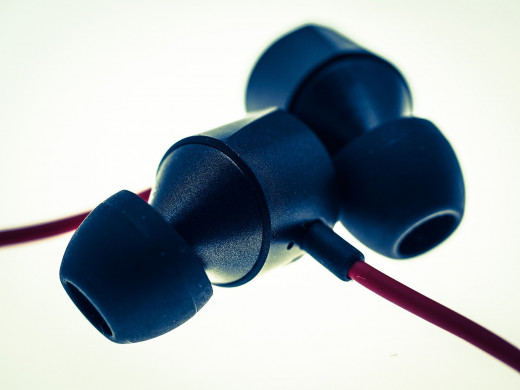
Earbuds
These are the most common type of headphones, almost every mobile phone comes bundled with this type of headphones. They are placed directly outside of the ear canal, but without fully enveloping it. The clear advantage of this type of headphones is its price and easy of use, but it is clearly the worse option that you can make in terms of sound quality.
EX: Yuin PK3
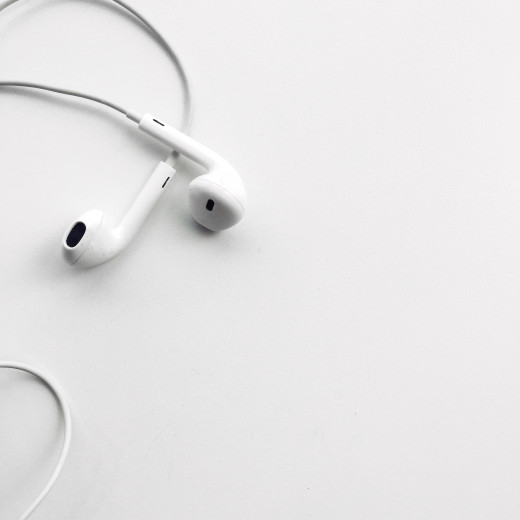
Additional Category
On top of all the above categories there is a additional one. If we consider that almost all of them can be used in a wireless fashion this category makes sense to be displayed here, without cables coming between you and your favorite tracks.
With the exception of the earbuds category, that have always cables, most of the others can be found in two different options, wired with a Jack plug suitable to be connected to your phone or other music source, or with wireless connection. The wireless headphones usually make their connection to the music or sound source via a Bluetooth connection from were you can stream your content, play mp3s and make conference calls.
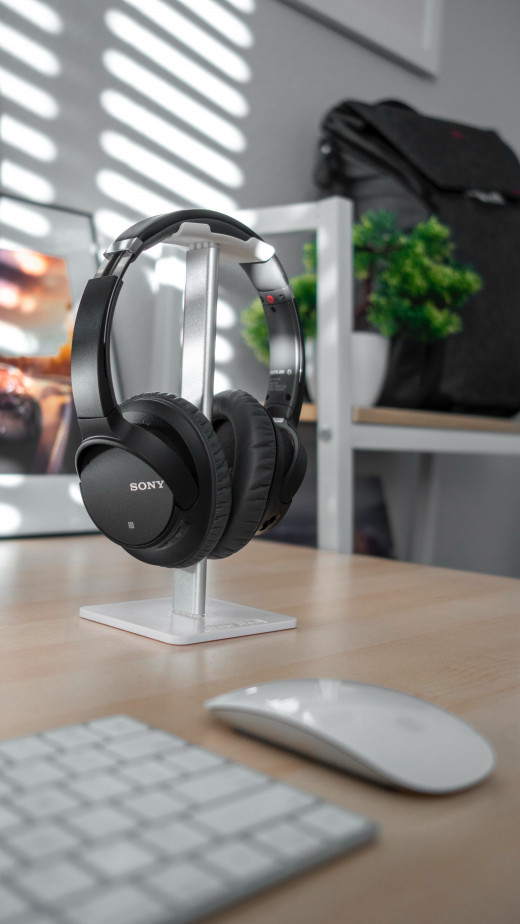
Conclusions and final considerations
How should I then choose my new headphone set?
The usage that you are giving to your headphones also plays an important role on what to choose for. If you don't mind sacrificing portability in exchange of sound quality, it can be an easy choice to go for a supra or circum-aural type of headphones rather than opting for an in-ear or some model of earbuds. If you are using the headphones in a loud and busy environment like public transportation or the street, maybe an in-ear solution would fit better the overall purpose since as mentioned before with this kind of headphones you will have a perfect "lock" inside your hear were sound quality will improve and sound canceling will also be favorably improved.
If in you are choosing a set of headphones having only comfort in mind and you have decided that you will go for a supra or circum-aural type of headphones, comfort here depends on the weight, head pressure, for long listening sessions, heat dissipation from the material that the pads are made of and finally the headband on how it fits in your head. In case you choose for an in-ear model type, the way they fit inside your ear and the outside play a major role, since if perfect fitting is not met a huge sound quality loss will be present.
Additional things to keep in consideration:
- Integrated remote in the cable or in the headphone body.
In the classic situation of having a wired set of headphones, they might not be compatible with all mobile phones. This means that if you have a set of headphones made to fit an iPhone these might not be compatible with Android and vice-versa. - Headphones with voice control
Some of the new headphones available in the market are now compatible with voice assistants like Amazon Alexa, Apple Siri or Google. Make sure that the headphones you are buying are compatible with the assistant you are using. - Bag vs pouch vs case
For last but not least, the way you keep your headphones safe after you have used them is also important. If the model you are purchasing does come with a portable and sturdy case and you will use your headphones on the go, you should be fine. If it doesn't you should keep this in consideration and probably spend a few extra bucks to protect your investment, that will add up to the overall budget. - Test before buying
Whenever possible, due your own research and test the headphones before purchasing them. Sometimes the manufacturer descriptions might raise some expectations that then in practice they are not met, so nothing like making a short list of the ones you find more likely to be the "ones" and listen to your favorite tunes and making sure you fell comfortable with them.


